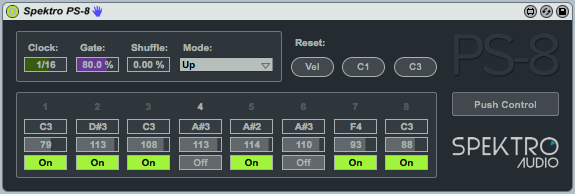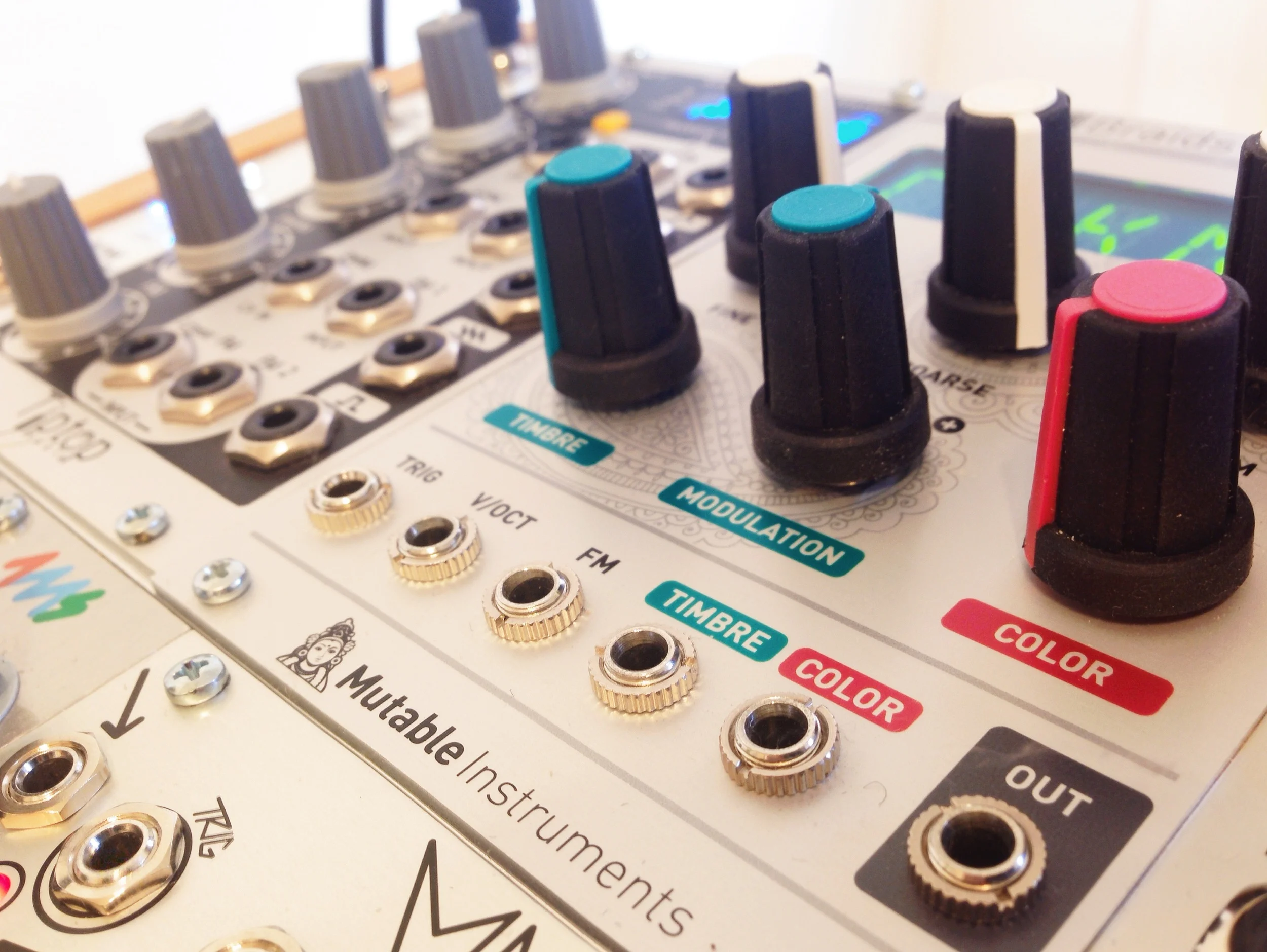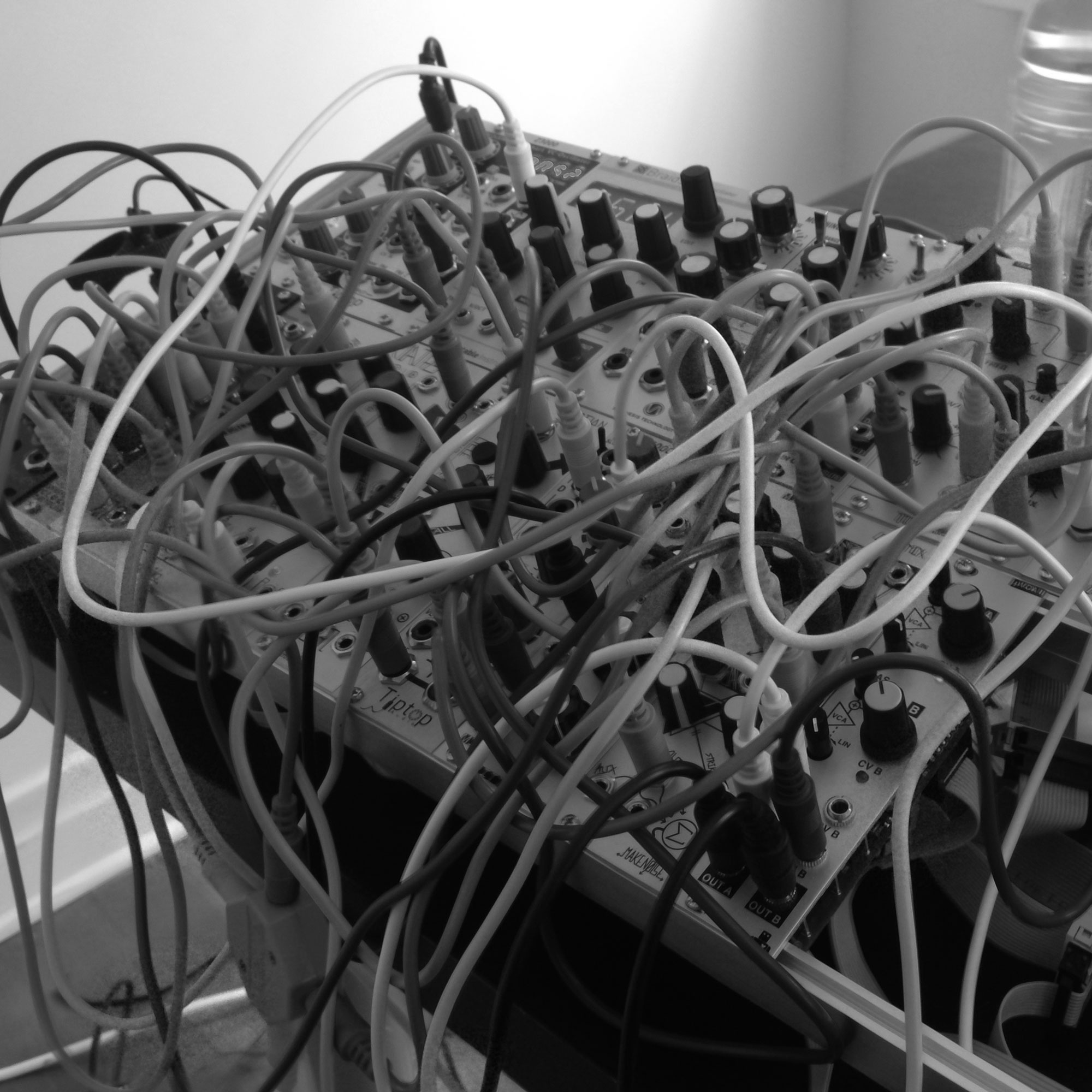CV Toolkit - Standalone Version 1.3 is now available!
/The new 1.3 update for CV Toolkit - Standalone Version is now available!
This update includes five new modules, support for the Expert Sleepers ES-4, ES-40, ESX-4CV, and ESX-8CV modules, a new pitch detection algorithm, and various improvements and bug fixes.
Check out the overview video:
New modules available in 1.3:
- Shaper: a 4 in 1 module that works as a wavefolder, a rectifier (full and half), an attenuverter and as an offset generator.
- Delay: Delay module capable of delaying any incoming signals by up to 4ms. The delay time can be either set in ms or synced to the BPM.
- Shift Register - 8bit analog-style shift register. Great for creating random sequences that slowly change over time.
- PMW Clock - A clock module with pulse-width modulation.
- Euclidean Sequencer - Sequencer that generates rhythmic trigger patterns using an euclidean algorithm.
The new pitch detection algorithm included in the MIDI to CV module lets you calibrate your oscillators which much more precision. According to our tests, CV Toolkit should now be able to calibrate VCOs faster and with a precision of +/- 2 cents. This new algorithm also lets you calibrate your oscillators using any of the 4 basic waveforms (sine, square, triangle and sawtooth).
This new update includes support for the Expert Sleepers ES-4, ES-40, ESX-4CV and ESX-8CV modules. The setup process is extremely easy: you only need to select what kind of setup you're running (ES-4 only, ES-4 + ESX-4CV, ES-40 + 2xESX-4CV, or ES-40 + ESX-8CV).
Although we got success results from our tests, the support for these modules is still experimental and it might be subjected to bugs. Our plan is to improve the support for these modules in future updates.
Last but not least, we also added fixes related to MIDI Clock, MIDI Pitch Bend and the Smux encoder.
The new 1.3 update is free for all CV Toolkit - Standalone Version customers so, if you’ve already bought a copy, check your email inbox for a download link.
CV Toolkit - Standalone Version is available for U$19,99 at http://www.spektroaudio.com/cv-toolkit-standalone
If you'd like to keep up with our latest news, follow us on Twitter (@SpektroAudio) or sign up for our newsletter.
Until next time!






























